Thinking of Getting a Pomeranian? A Brutally Honest Guide to the Fluff
I’ve spent a couple of decades deep in the world of dogs, working as both a professional groomer and a behavior consultant. In that time, I’ve seen more Pomeranians than I can count—from pristine show dogs to cherished family members and, unfortunately, some who’ve been seriously neglected. The first thing people always ask about is that incredible, fluffy coat. And the second question, almost without fail, is: “Are they hypoallergenic?”
In this article
It’s a totally fair question. You see this tiny, cloud-like creature and can’t help but hope it’s the perfect fit for a home with sensitive sinuses.
The short answer is a hard no. But the real answer, like most things in life, is a bit more complicated. Living with a Pom, especially if you have allergies, is a genuine commitment. It means you have to really understand their unique coat, their health quirks, and the basics of how dog allergies even work. This isn’t just about ‘getting by’; it’s about setting up a life where both you and your tiny dog can thrive. So, I want to share what I’ve learned from my years at the grooming table and in clients’ homes. Let’s get beyond the simple questions and dig into what it really takes to care for these spirited little dogs.
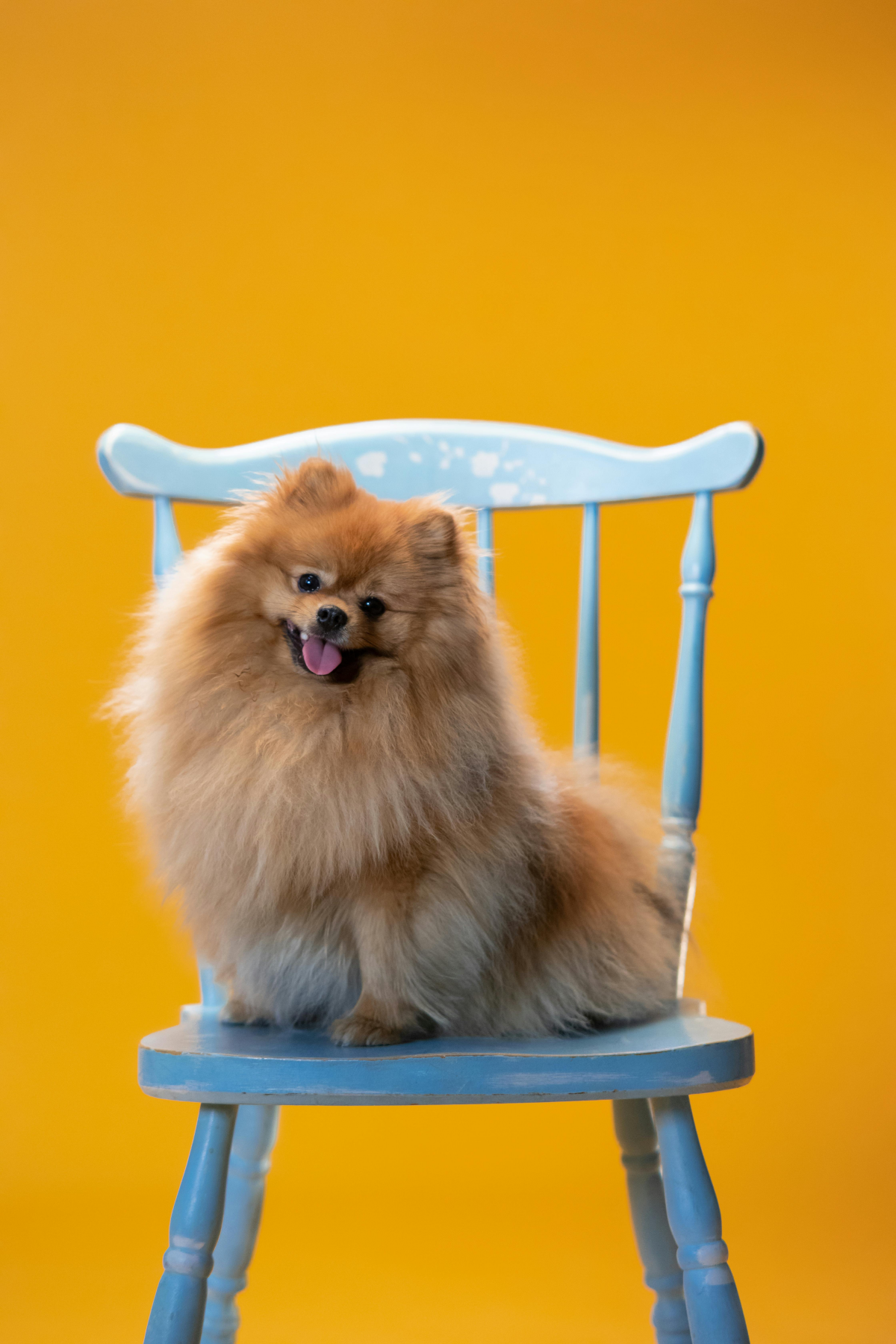
First, Let’s Talk Allergies and That Famous Coat
So many people think it’s the dog hair itself that causes allergies. It’s a common mix-up. The actual problem is specific proteins, with the main one being a little troublemaker called Can f 1. This protein hangs out in a dog’s dander (which is just dead skin flakes), their saliva, and even their urine. When a dog sheds, scratches, or licks themselves, these invisible protein particles get all over your house and into the air. For someone with allergies, breathing these in is what kicks off that miserable reaction.
Here’s the thing: no dog breed is truly 100% hypoallergenic. Breeds that are better for allergy sufferers, like Poodles, usually have a single layer of hair that grows continuously. This hair traps the dander close to the skin instead of letting it fly free. The Pomeranian, however, is the complete opposite.
Poms have a glorious double coat, which is exactly what it sounds like—two distinct layers:
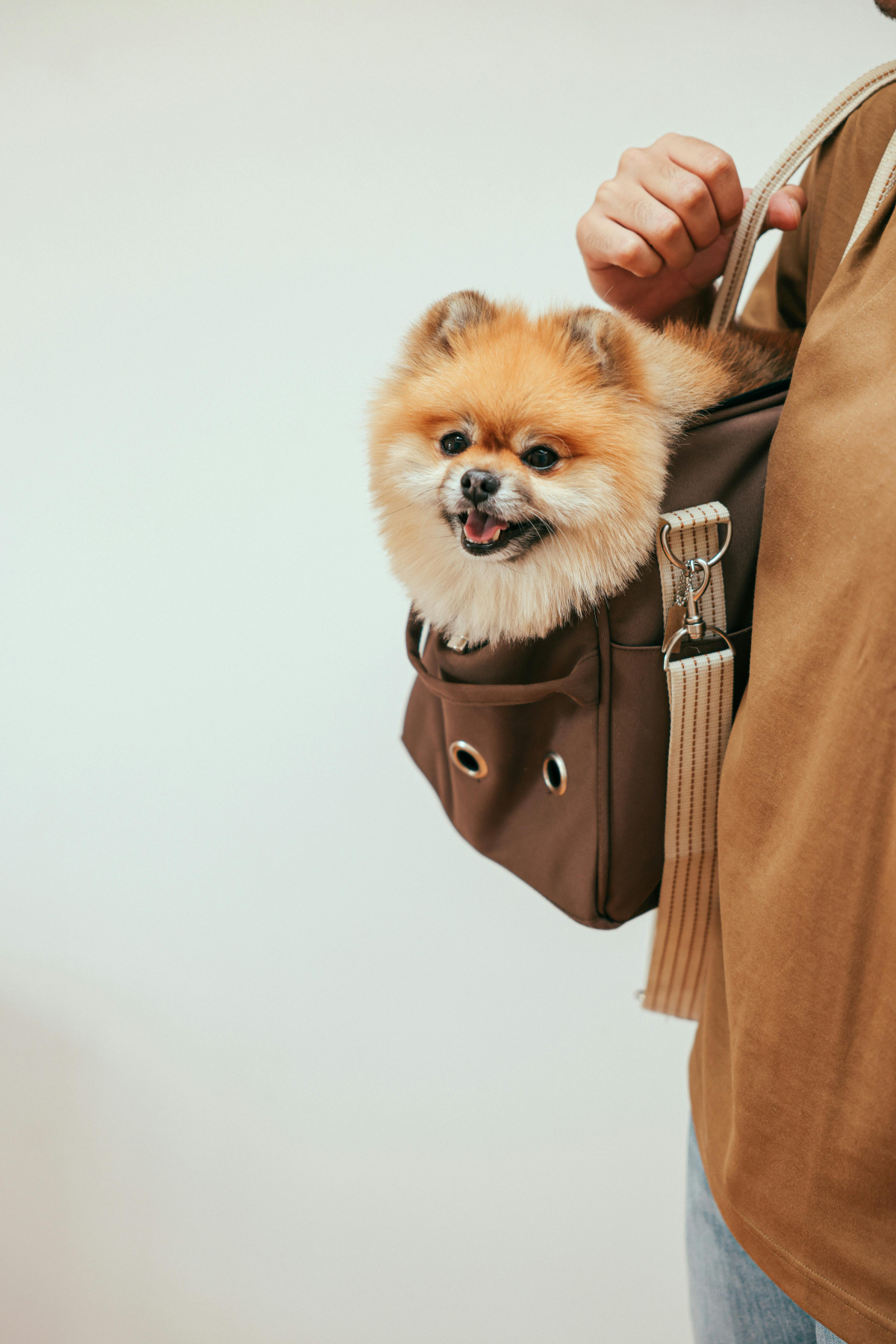
- The Undercoat: This is a super dense, soft, almost woolly layer right next to the skin. Its whole job is insulation. It keeps the dog warm in winter and, believe it or not, helps regulate temperature in the heat. This is the layer that does most of the shedding.
- The Guard Coat: These are the longer, slightly coarser hairs you see on the outside. They protect the undercoat and skin from moisture, dirt, and sun, giving the Pom its signature fluffy look.
This double coat is basically a shedding factory. Poms shed a decent amount all year, but twice a year, they do something called a “coat blow.” This is usually in the spring and fall, where they shed their undercoat like crazy to get ready for the new season. The sheer amount of fluff that comes off can be shocking. And every single one of those shed hairs is carrying dander and dried saliva—the very things you’re allergic to. This makes Poms a tough breed for anyone with moderate to severe allergies.
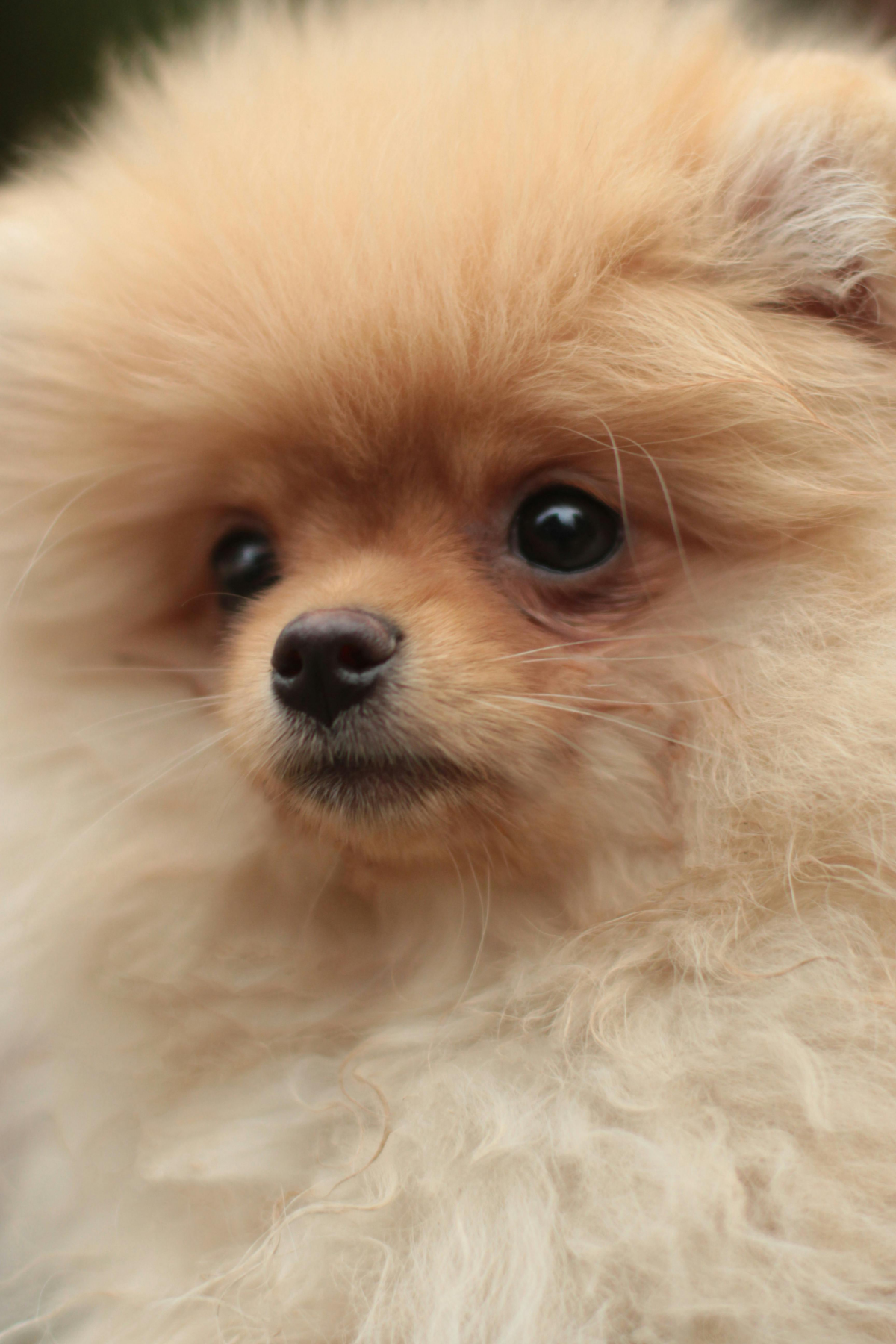
Grooming Like a Pro: Your Best Defense
Managing that coat is, without a doubt, the single most important thing you can do to keep allergens down. This isn’t an optional chore; it’s a core part of owning a Pom. At the salon, we have a whole system for double-coated breeds, and it’s all about getting that dead hair out safely.
Your Must-Have Grooming Kit
Using the right tools is everything. The wrong ones can damage the coat or just be a waste of time. Here’s what you actually need:
- A Quality Slicker Brush: Look for one with fine, flexible pins. This is your go-to for fluffing the outer coat and getting out loose fur. A light touch is key to avoid scratching their skin.
- A Metal Greyhound Comb: Honestly, this is the most crucial tool. It should have both wide and fine teeth on one comb. After you brush, you run this comb through every inch of the coat. If it snags, you’ve missed a spot and need to go back. This is your quality-control check for tangles.
- An Undercoat Rake (Used with caution!): This tool is a lifesaver during those heavy shedding seasons. It’s designed to pull out the dead, packed-in undercoat without cutting the healthy guard hairs. Always be gentle and pull in the direction the hair grows.
Heads up! A word of warning: I practically beg my clients to avoid shedding blades or tools with sharp, blade-like teeth on a Pomeranian. These tools can’t tell the difference between dead hair and healthy hair, and they will shred the protective guard coat, ruining its texture. I’ve seen it happen—it can lead to a patchy, brittle coat that might take years to recover, if ever.
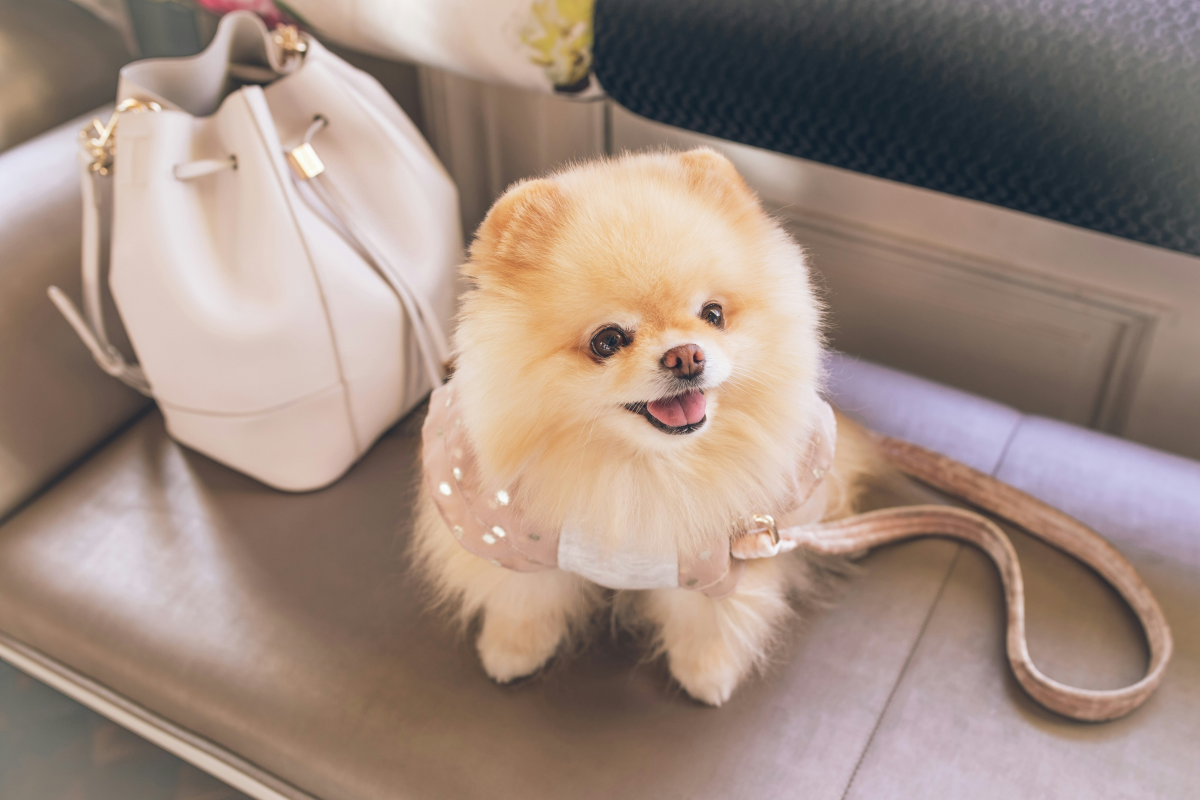
The Right Way to Brush
Brushing once a week is not going to cut it. For a pet Pom, you should be doing a thorough brush-out at least three or four times a week. Daily is even better! It’s not about spending an hour, but about being effective. Plan for a solid 15-20 minute session each time.
We use a technique called line brushing. It sounds fancy, but it’s simple:
- Part the hair horizontally so you can actually see the skin.
- Hold the hair above the part up with one hand.
- Brush the hair below the part, moving away from the skin.
- Check your work with the metal comb. If it glides through smoothly, you’re done with that section.
- Move up an inch and make a new part, repeating the process all over the dog’s body.
Pay extra attention to friction spots like behind the ears, in their little armpits, and around the tail—that’s where mats love to form.
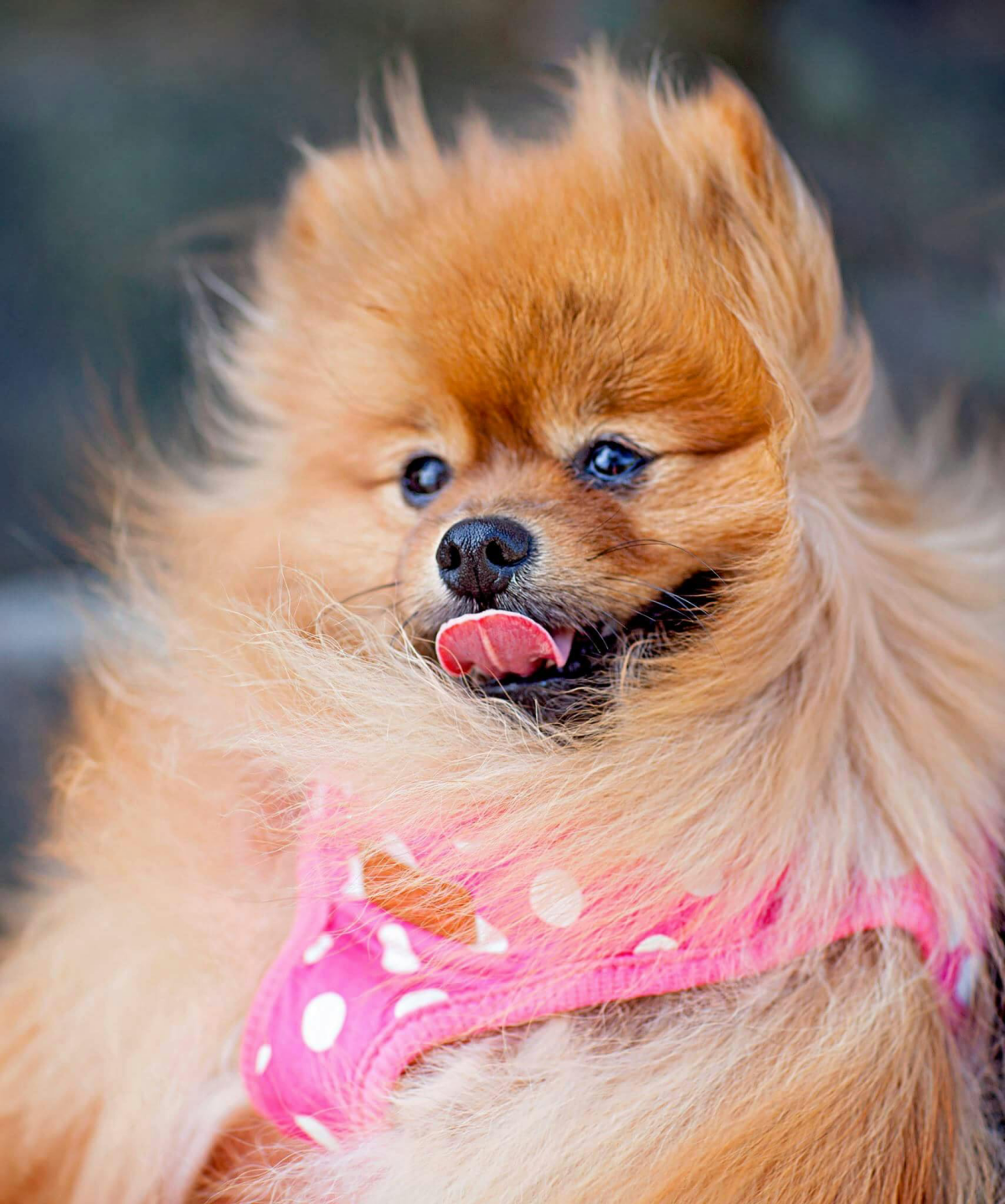
Quick tip: If you find a small mat, DO NOT reach for the scissors. It’s terrifyingly easy to cut their paper-thin skin. Instead, work a little cornstarch or a good detangling spray into the mat with your fingers. Then, try to gently pull it apart with the very end tooth of your metal comb.
Bathing and The Groomer’s Secret
A clean dog is a less-allergenic dog, period. A bath washes away the dander and saliva from the coat. For most Poms, a bath every 4 to 6 weeks is perfect. Too often, and you can strip their skin of natural oils, which ironically leads to dryness and more dander.
Always use a high-quality, hypoallergenic dog shampoo and make sure you lather it all the way down to the skin. But the most important step? Rinsing. You have to rinse until the water runs completely clear. Soap residue is a major cause of skin irritation.
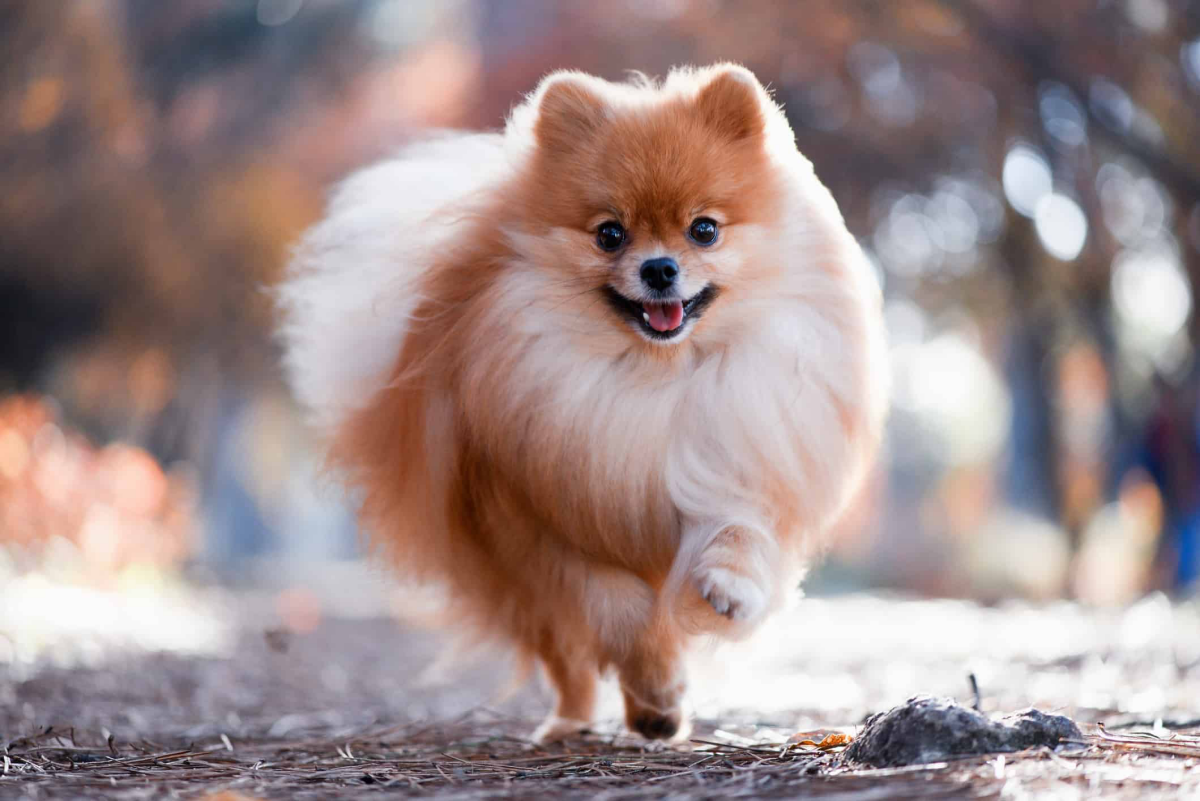
Now for the groomer’s secret: the blow-dry. A high-velocity dryer used on a cool or warm setting is a game-changer. It’s not about heat; it’s about the force of the air. It blows out the water and, more importantly, a massive amount of loose undercoat that would have ended up on your couch. A proper blowout can cut down on shedding for weeks. If you don’t have one, you can use a regular hair dryer on its lowest, coolest setting, but keep it moving constantly to avoid burning their skin.
Creating an Allergy-Friendly Home
Grooming is only one piece of the puzzle. You also have to manage your living space.
- Get a HEPA Filter: A high-efficiency particulate air (HEPA) filter is a non-negotiable. You can get standalone air purifiers (which cost anywhere from $100 to $400 for a good one) or make sure your vacuum has one. I suggest running one in your main living area and another in your bedroom.
- Dog-Free Zones are Your Friend: For your own sanity, the bedroom should be off-limits to the dog. You spend a third of your life in there, and having a dander-free zone to sleep can drastically reduce your daily symptoms.
- Level Up Your Cleaning Game: You’ll need to be more diligent. Wash the dog’s bedding and any throws or blankets weekly in hot water. Vacuum floors and furniture a few times a week, and use a damp cloth on hard surfaces to trap dander instead of just pushing it around.
- The Easiest Quick-Win: Feeling overwhelmed? Just grab the dog’s favorite blanket or bed cover and toss it in the wash on hot. In the time it takes to do a load of laundry, you’ve massively cut down the allergens in one of their favorite spots.
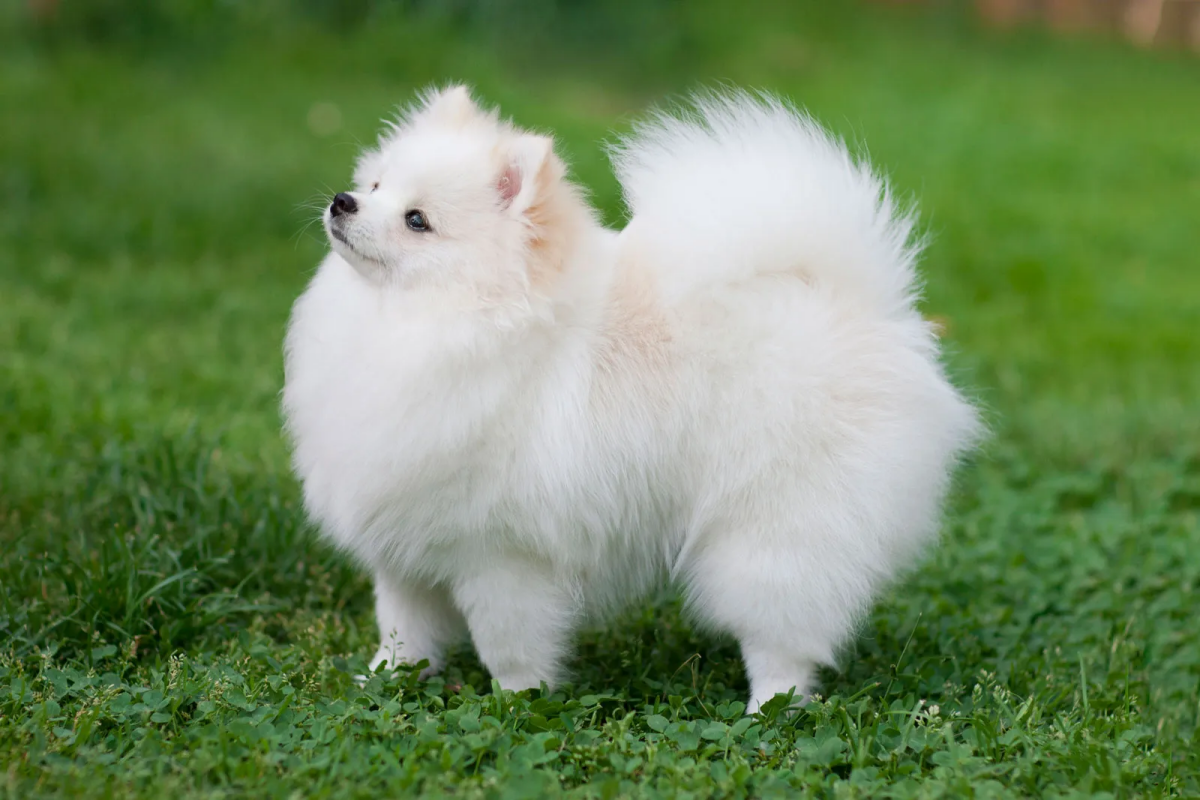
A Big Personality in a Small Body
A Pom’s needs go way beyond their coat. These are smart, energetic, and surprisingly bold little dogs. That instinct to be a watchdog is baked right in. They were originally bred down from much larger sled and herding dogs, and part of their job was to alert the family. That’s why Poms bark so much!
It’s not them being ‘bad’; it’s their nature. The best way to manage it is to teach a ‘quiet’ command from day one. Let them get one or two barks out, then firmly say “Quiet” and reward them with a treat the second they stop. Yelling at them to stop barking just sounds like you’re barking with them, which only eggs them on.
Serious Health Issues to Be Aware Of
I feel a real responsibility to be upfront about the common health problems in this breed. Their tiny size makes them fragile, and they are prone to a few things you absolutely need to know about.

Tracheal Collapse
This is one of the most common and serious issues. The cartilage rings in their windpipe are weak and can flatten, causing a terrifying ‘goose honk’ cough, especially when they’re excited or pulling on a leash.
Safety is non-negotiable here: Never, ever walk a Pomeranian on a standard neck collar. The pressure can cause or worsen this condition. You MUST use a well-fitting harness that distributes pressure across the chest. Look for a Y-front or vest-style harness that puts zero pressure on the throat. A good one will cost you between $25 and $50, and it’s the most important safety purchase you’ll make.
Luxating Patella
This is a fancy way of saying ‘dislocating kneecap.’ You might see your Pom suddenly skip for a step or two while running, then seem fine. That’s the kneecap slipping out of place and then back in. While mild cases might not need intervention, severe cases are painful and require surgery.
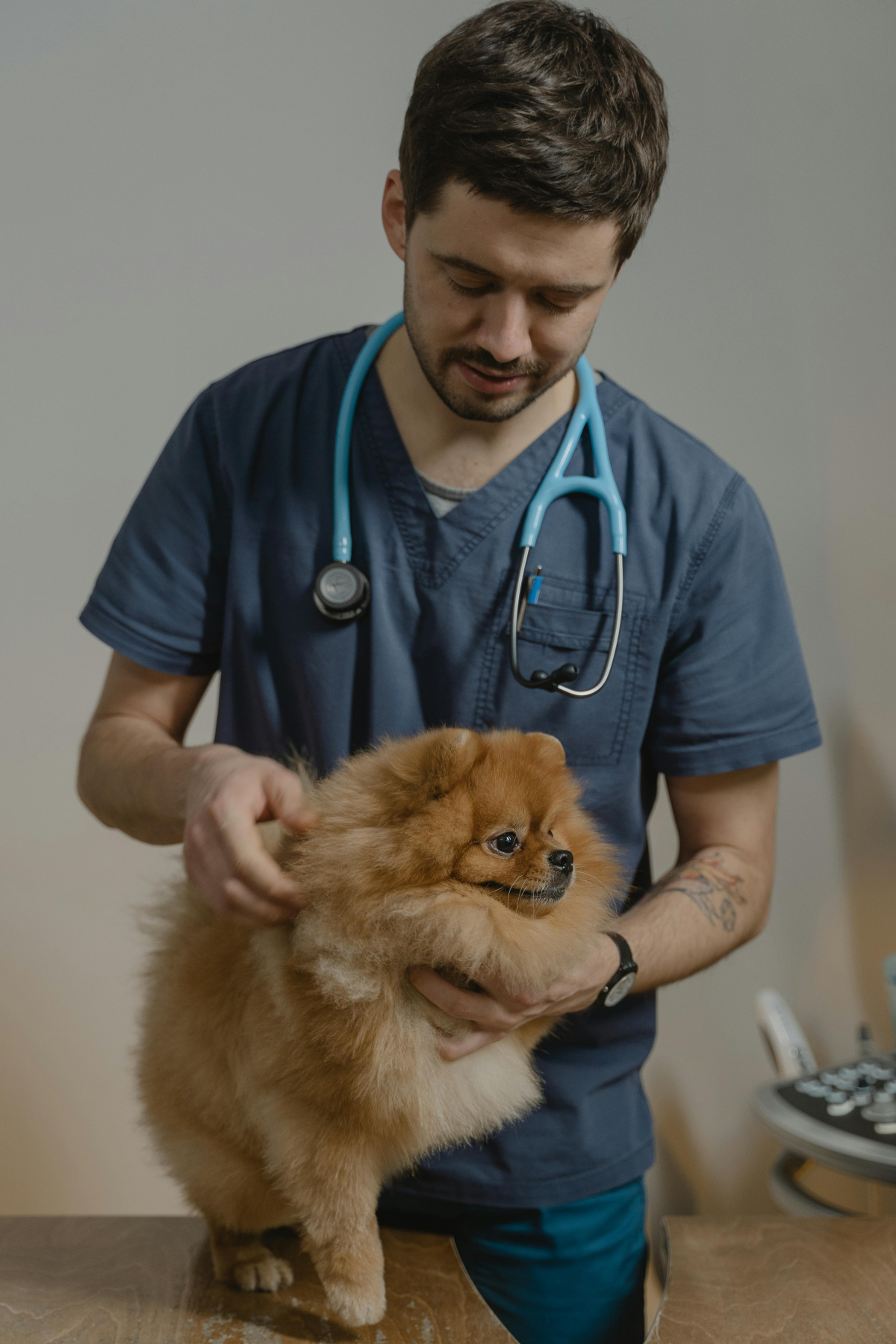
Dental Disease
Poms have tiny mouths crammed with 42 teeth, which is a recipe for dental problems. Plaque builds up fast, leading to tooth decay and gum disease. This isn’t just about bad breath; the bacteria can get into the bloodstream and damage their organs. Daily teeth brushing is the gold standard. On top of that, you need to budget for regular professional dental cleanings under anesthesia. Be prepared for this—a routine cleaning can run from $500 to over $1,200, especially if extractions are needed. It’s a major, recurring cost of responsible Pom ownership.
Alopecia X (Black Skin Disease)
This is a frustrating condition where a Pom loses its fur, often in a symmetrical pattern, and the skin underneath darkens. It’s not painful or itchy, just cosmetic. The cause is unknown, but there seems to be a genetic link. There’s no single cure, so it’s something you’d have to manage with your vet.
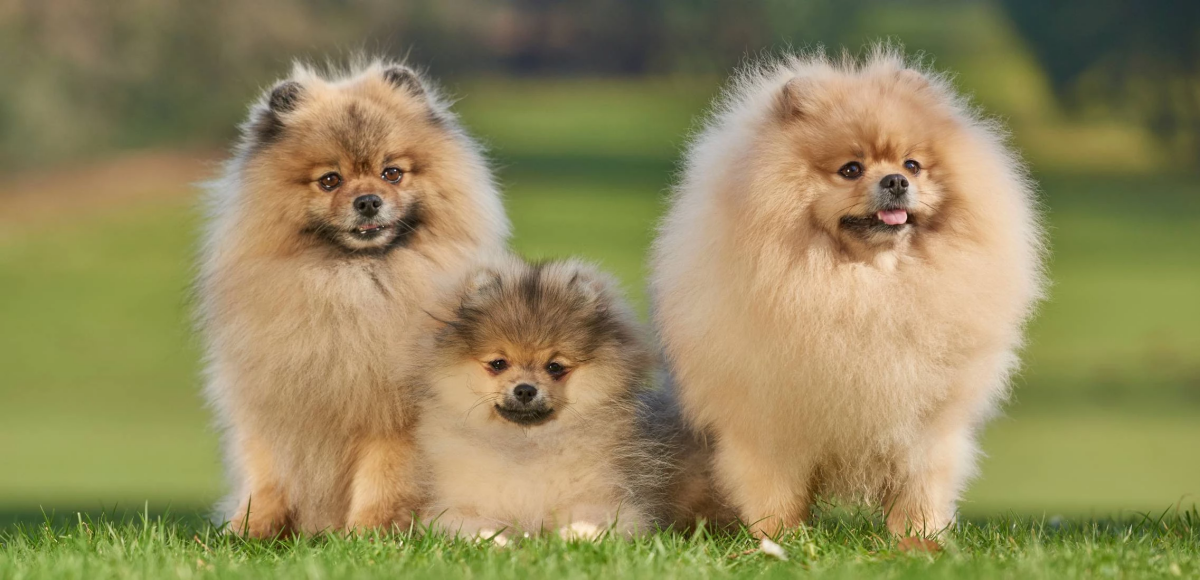
So, Is a Pom Right for You?
After all that, we get back to the big question. Pomeranians are phenomenal dogs for the right person. They are fiercely loyal, wickedly smart, and have more personality than most dogs five times their size. But they are absolutely not a low-maintenance breed.
If you have allergies, you need to be ready for a very strict and constant routine of grooming and cleaning. My best advice? Before you commit, go spend real time with the breed. Offer to dog-sit for a friend’s Pom for a full weekend. See how your allergies actually react when you’re living with one 24/7.
Owning a Pomeranian is a partnership. You provide the endless grooming, the careful health monitoring, and the consistent training they require. In return, you get one of the most devoted and entertaining companions you could ever ask for.
Galerie d’inspiration


A groomer’s plea: Never shave your Pomeranian. It might seem like a simple solution for heat or shedding, but shaving a double coat can cause permanent damage. It ruins the natural insulation system and can lead to
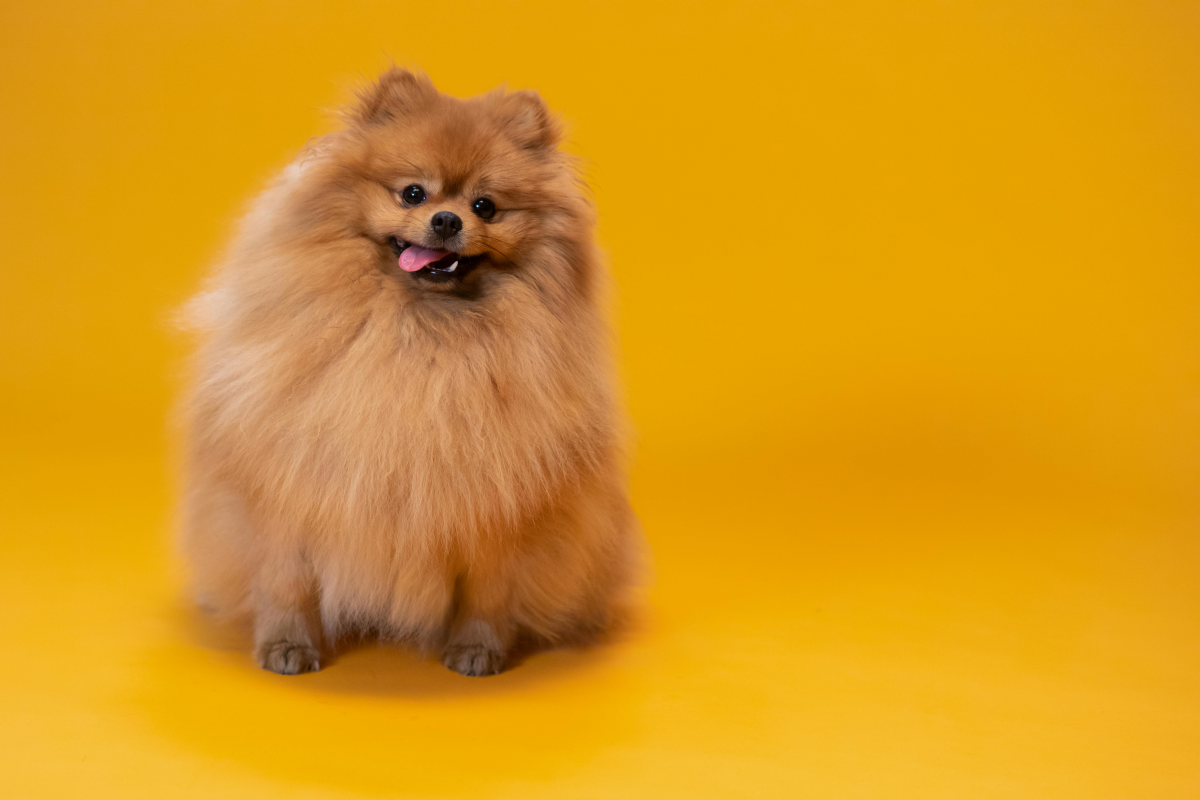
A healthy coat starts from within. Nearly 25% of a dog’s daily protein intake is used for skin and coat maintenance.
This is especially true for a double-coated breed like the Pomeranian. To support that glorious fluff, look for high-quality food rich in omega-3 and omega-6 fatty acids. Brands like Royal Canin have a Pomeranian-specific formula designed to support their unique coat, bone structure, and digestive health.
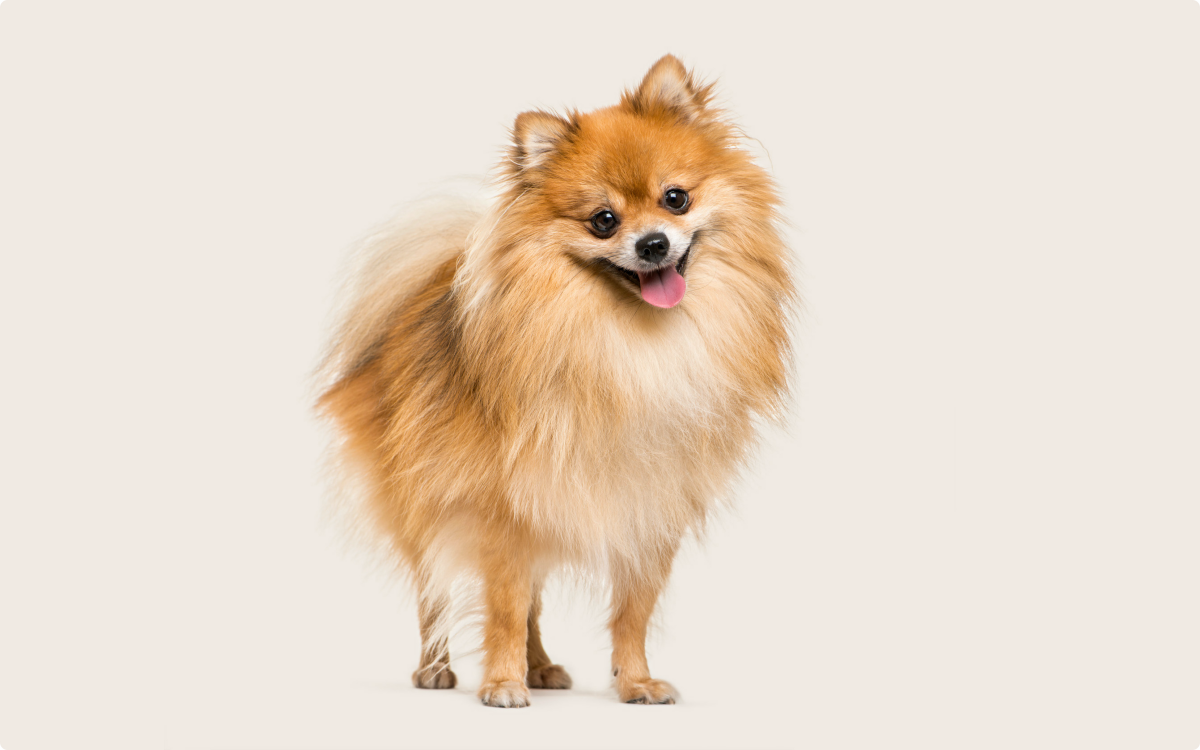
That magnificent fluff doesn’t manage itself. To prevent matting and keep the coat healthy, you need the right arsenal. A daily once-over with a good pin brush is essential, but the real work is done weekly with these tools:
- Slicker Brush: A quality slicker, like the Chris Christensen Mark II, gently removes loose undercoat and small tangles.
- Undercoat Rake: During shedding season (a “coat blow”), this is your best friend for carefully removing large clumps of dead fur without damaging the topcoat.
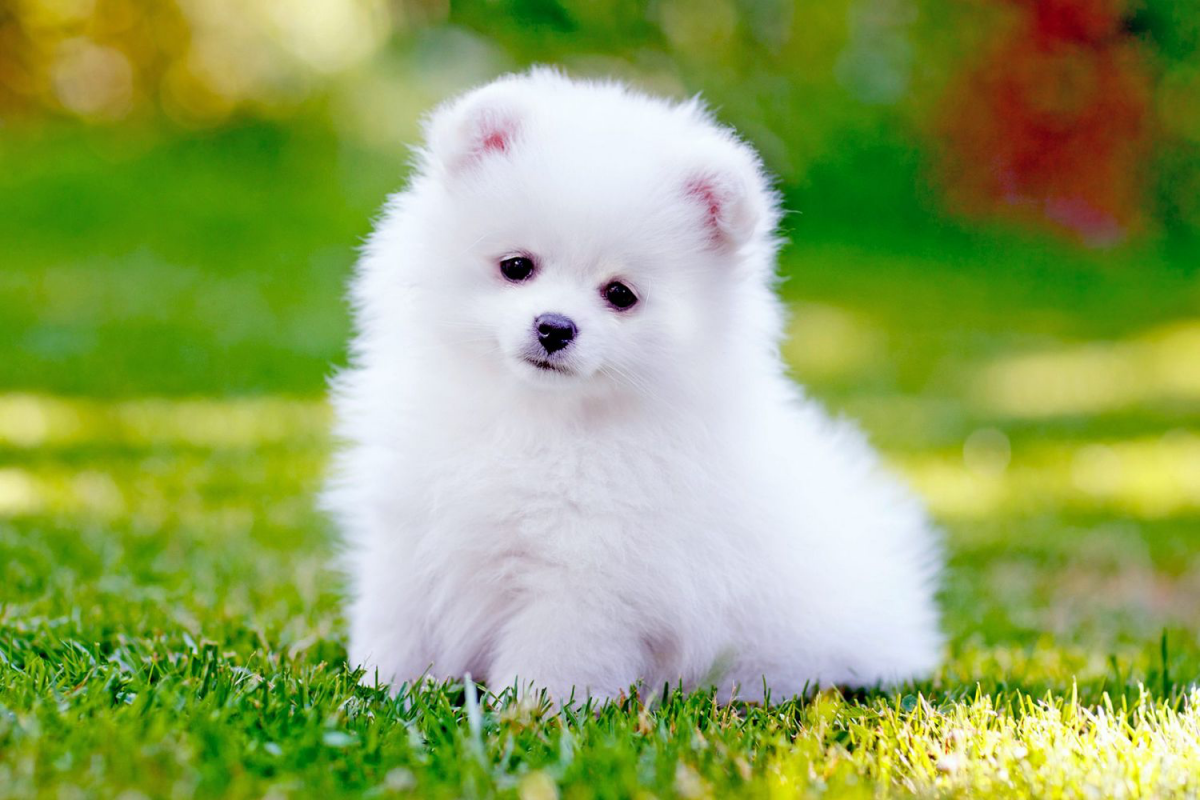
Beyond the fluff, what health issues should you know about?
Pomeranians are generally sturdy, but their small size makes them prone to specific conditions. Be aware of Luxating Patella, a common issue where the kneecap dislocates, and Collapsed Trachea, which causes a honking cough, especially when they pull on a leash. Using a harness instead of a collar is a simple, crucial preventative measure.
Don’t be fooled by their size. A Pomeranian packs the personality of a dog ten times larger into its tiny frame. They are intelligent, curious, and often have a sassy streak, convinced they are formidable guard dogs. This ‘Pom-itude’ is a huge part of their charm but requires early socialization to ensure their confidence doesn’t turn into excessive yapping at strangers or other dogs.










